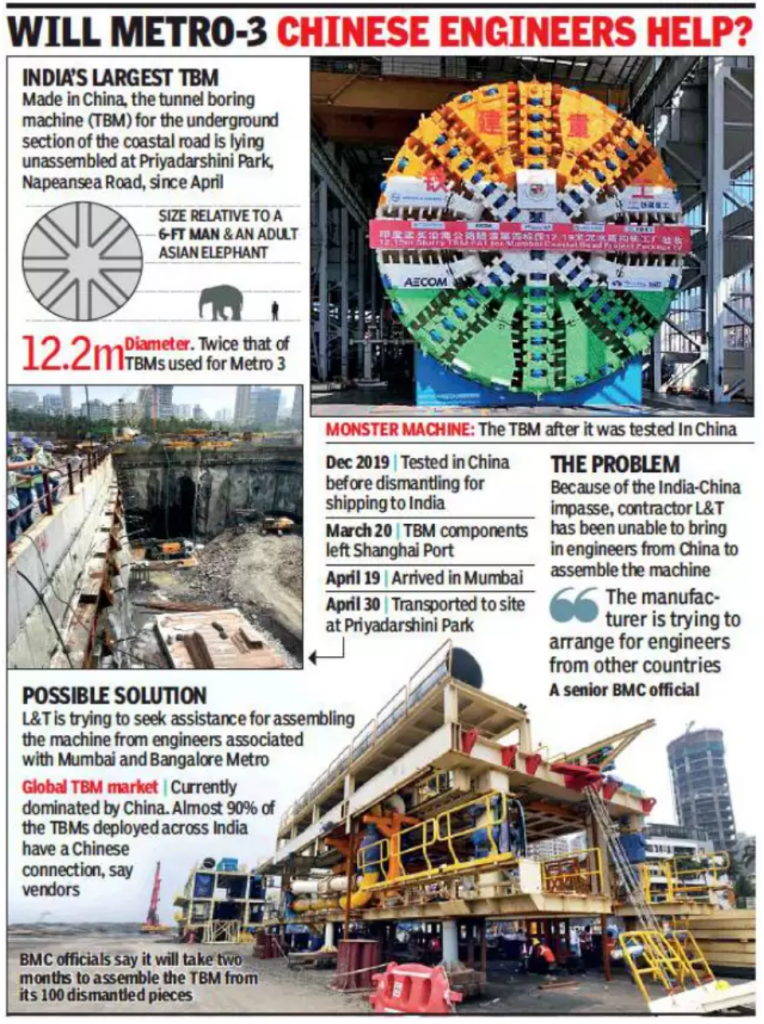Nomadland – depressing, coming to a neighbourhood in America near you.
Tenet《信条》 – A film director’s wet dream, eivom diputs a.
The Gentlemen – intriguing story-telling, for the sake of telling a story.
Bad boys for life – stupid movie by a couple of overweighted has-beens.
Mulan – for children under 10.5. Big budget trash.
Grand Grandmaster – from Hong Kong, trash.
The war for the planet of the apes – not too bad acting by the apes.
6 Underground – lots of action, one stupid movie. So Americans are the good guys, killing all the bad guys and live happily everafter.
Upgraded – good sci-fi.
Old Guards – sequel coming. Why is she losing immortality and still able to carry on?
Blood Quatumn – Canadian Zombie movie, those natives self-destructed for no good reason, not just killed by the zombies.
Archive – thin plot, boring. The guy is in the archive, not his wife.
Time to hunt – bad story, bad acting. Artificial suspense. A lousy movie from Korea.
John Wicks 3 – overkilled, drags on for too long.
Spenser Confidential – Good action movie, good plot and no crap, reflects USA. Always like Mark Wahlberg.
Cold Pursuit – I like this one. good old American Justice. All the bad guys die.
Polar – sick movie. Vivid violence made for American audiences.
Terminator – Dark Fate, not a bad Terminator movie, Arnold dies along with the new terminator.
Dragged Across Concrete – big on strange English words and footsteps, why did the bad guy rob the convenience store? Weird characters, all of them. The black guy gets all the gold and Mel is dead.
The Gangster, The Cop, The Devil (2019) – from Korea, the storyline is not very convincing even though claimed from a true event. The ganster goes to jail to go after the serial killer, why?
Underwater (2020) – First half is quite intense, second half and the ending makes no sense. Nuclear explosion to kill the Godzilla-styled monster and smaller creatures.
Triple Frontier (2019) – Americans do anything for money with justification. Ben Affleck killed before getting home with the loot, the other four do a good deed by giving their shares to his foundation.






